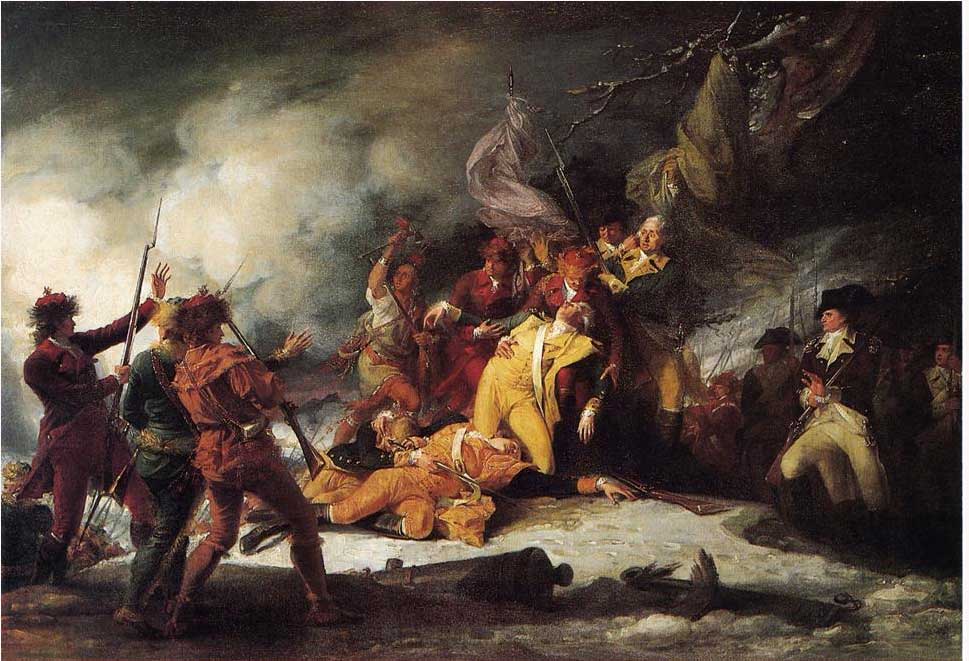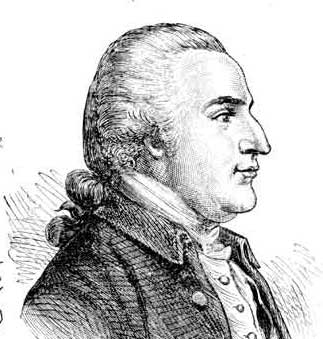AmerIcans Attack Canada 1775

The Americans believed that attacking Canada would be easy. They expected that the French Canadians would welcome them as liberators. Instead the attack on Canada did not go well and it was one the largest American setbacks of the war.
.
. When Benedict Arnold first asked the Continental Congress to allow him to occupy Canada but the Congress at first restrained him. Then, in late June, the Congress reversed itself and ordered General Schuyler to occupy Canada. The Congress believed the French inhabitants would welcome the Americans. The Congress thought that by securing America's Northern flank, they would also limit the British meddling with the Native Americans. General Schuyler was excellent at logistics, but was far from a decisive commander. He dithered in preparation for the attack. General Washington decided to divide the invasion force between Schuyler's troops and a force led by Colonel Arnold. Schuyler was to come up through New York State through Lake Champlain and Arnold would come from Maine
Schuyler's Army, led by General Montgomery, set off on August 28th. Their first objective was St. John's, a British fort, garrisoned by 500 British soldiers. Schuyler had expected an easy victory, but the British forced Schuyler to besiege the fort. This siege lasted fifty days. The Americans had won the battle, but the British had delayed the Americans for fifty critical days. During this time, Ethan Allen attempted an abortive and unauthorized attack on Montreal, where he was captured.
Once St. John was captured, General Montgomery, (who had taken command from Schuyler when he retired), traveled to Montreal. Montgomery captured Montreal without a fight, when General Carleton, the British commander, decided to retreat to Quebec. General Carleton was almost captured when the ships he was traveling with were attacked and stopped by American artillery. In the end, Carleton escaped.

Meanwhile Colonel Arnold was attempting to reach Quebec from Maine. Arnold collected supplies and troops. On September 11th, he set off. Arnold believed he would be able to travel by river to Quebec in twenty days. Unfortunately, Arnold completely underestimated the time and difficulty of getting to Quebec. It took Arnold 45 days of arduous traveling to reach Quebec. Many of Arnold's men died or turned back along the way. Worse, an entire battalion of men, 450 soldiers, left with much of the food supplies.
By the end of October Arnold's forces had neared Quebec. However, a storm kept them away from the city until November 13th. Arnold's army was in no condition to attack. They pulled away to recoup and await the arrival of Montgomery and his men.
Richard Montgomery, General Schuyler’s second in command, led 300 men (who had just captured Montreal) joined Arnold's men. On December 31st, the American forces assaulted Quebec, with 600 men led by Arnold from the North, and 300 men led by Montgomery from the South.
The British were waiting between successive barriers. The Americans broke through the first line, but were stopped by the second. Arnold was wounded in the leg and carried from the battlefield. A bullet to the head killed Montgomery. The American assault failed. Six hundred men were captured and 60 died in the attempt to take Quebec. The attack on Canada turned out to be the worst defeat suffered by Americans during the war.
 >
>